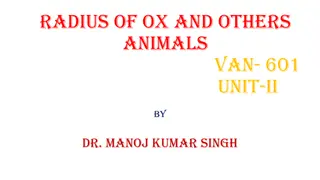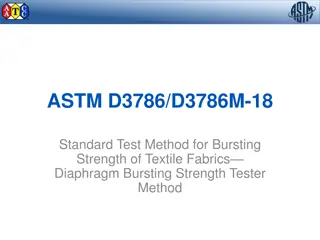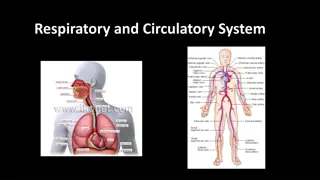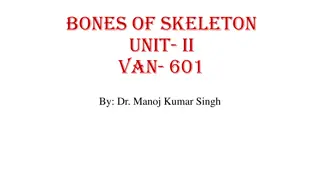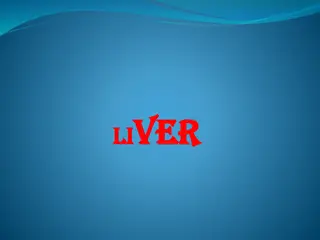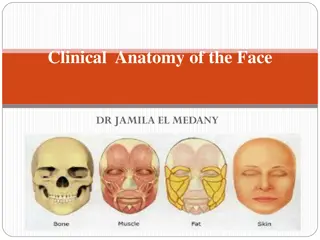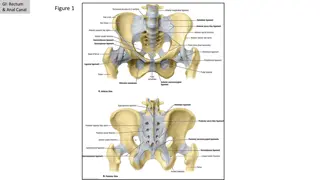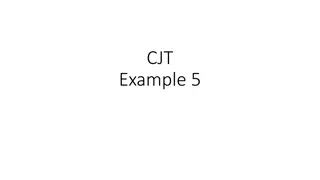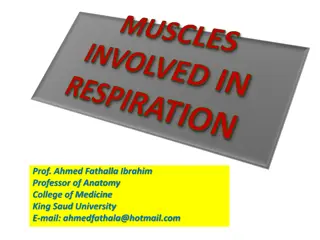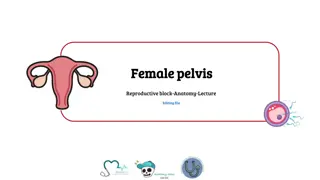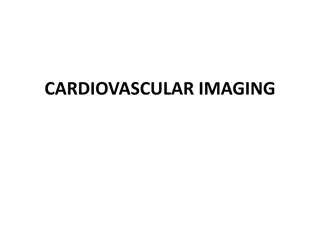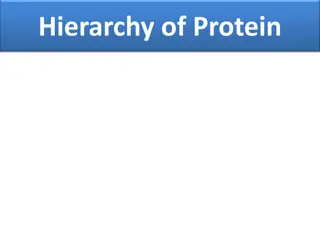Anatomy of the Diaphragm: Structure, Function, and Clinical Relevance
The diaphragm, a key muscle of respiration, separates the thoracic and abdominal cavities and plays a crucial role in breathing. This dome-shaped musculofibrous partition originates from various structures such as the xiphoid process, lower ribs, and lumbar vertebrae. Its actions are essential for the process of breathing. Understanding the anatomy of the diaphragm is important in clinical practice for diagnosing and treating respiratory conditions.
Download Presentation

Please find below an Image/Link to download the presentation.
The content on the website is provided AS IS for your information and personal use only. It may not be sold, licensed, or shared on other websites without obtaining consent from the author. Download presentation by click this link. If you encounter any issues during the download, it is possible that the publisher has removed the file from their server.
E N D
Presentation Transcript
ANATOMY OF Diaphragm BY : Dr Manjula vastrad asst prof smvvs rkm amc vijayapura
contents 1. Introduction 2. Definition 3. Shape 4. Origin 5. Insertion 6. Openings 7. Relations 8. Arterial supply 9. Venous drainage 10. Nerve supply 11. Actions 12. Anamolies 13. Applied anatomy
INTRODUCTION It is the chief muscle of respiration Separates the thoracic and abdominal cavities Gives passage to number of structures passing in both the directions
DEFINITION It is a dome shaped musculofibrous partition between thorax and abdomen.
SHAPE Its thoracic surface is convex on right and left but in the middle it is depressed. Concave in its inferior or abdominal surface
ORIGIN Origin of muscle fibres may be grouped into three parts Sternal : By two fleshy slips, from the posterior aspect of the xiphoid process Costal : From the inner surface of the lower 6 ribs with respective cartilages, interdigitating with transversus abdominis
Vertebral : a} From a pair of crus i.e from right and left Right crus It is longer and also more muscular than left Origin : From the front of bodies and intervertebral disks of L1 to L3 vertebrae Left crus Origin : From bodies and intervertebral disk of L1 and L2 vertebrae
b} From a pair of medial arcuate ligaments, which is attached to side of body of L1 or L2 vertebrae and laterally to the tip of transverse process of L1 vertebra c} From a pair of lateral arcuate ligaments, which is attached medially to tip of transverse process of L1 vertebra and laterally to the lower border of 12thribs near its mid point
insertion At the central tendon, situated in the middle depressed part of diaphragm near the sternum
openings Major openings Vena caval opening Situation : lies in the central tendon of diaphragm Vertebral level : T8 about 2.5cm right to the midline Shape : Quadrilateral Structures passing through it : IVC Some branches of rt phrenic nerve Lymphatics of liver Effects o contraction : dilates and helps in venous return
Oesophageal opening Situation : located in muscular part of diaphragm Vertebral level : T10 and about 1.25cm left to midline Shape : elliptical Structures passing through it : Oesophagus Gastric or vagus nerves Oesophageal branches of left gastric vessels Some lymphatics Effects of contraction : constricts and prevents regurgitation of contents of stomach into oesophagus
Aortic opening Situation : it is osseoaponeurotic opening situated behind the median arcuate ligament Vertebral level : T12 and slightly left to midline Shape : round Structures passing through it : Aorta Thoracic duct Azygous vein Effects of contraction : no change
Minor openings 1. Each crus of diaphragm is pierced by greater and lesser splanchnic nerves. The left crus is pierced in addition by hemiazygous vein 2. Sympathetic trunk passes from thorax abdomen behind medial arcuate ligament 3. Subcostal nerve and vessels pass behind the lateral arcuate ligament 4. Superior epigastric vessels and some lymphatics pass between origins of diaphragm from xiphoid process and 7thcostal cartilage. This gap is known as larry s space or foramen of morgagni 5. Musculophrenic vessels pierce the diaphragm at the level of 9th costal cartilage
RELATIONS Superiorly Pleurae Pericardium Inferiorly Peritoneum Liver Fundus of stomach Spleen Kidneys Suprarenal glands
Arterial supply Musculophrenic arteries Pericardiophrenic arteries Lower 3 posterior intercostal arteries (rt & lt) Superior phrenic arteries Superior epigastric arteries Inferior phrenic arteries Upper 3 rt lumbar arteries Upper 2 left lumbar arteries
Venous drainage Accompanied with arteries and drains into systemic vein
Nerve supply Motor Right and left phrenic nerves from C3, 4, 5 Sensory Central part : by phrenic nerves Peripheral part : by lower 6 or 7 intercostal nerves
actions Principal muscle of respiration. During inspiration diaphragm contracts: In normal inspiration diaphragm moves about 1.5cm In deep breathing diaphragm moves about 6 to 10cm. It helps in expulsive function during the act of vomiting, micturation, defecation and parturation.
anamolies Sometimes the diaphragm may fails to develop. Sometimes foramen morgagni may be enlarged cause abdominal viscera to herniate into thorax. Sometimes diaphragm fails to arise from both lateral arcuate ligaments on one or both sides forming a triangular gap known as costovertebral triangle or Bochdalek s triangle. This triangle may be the site of diaphragmatic hernia. Congenital hiatus hernia may be present.
APPLIED ANATOMY Collection of pus may occur in sub- diaphragmatic abscess. Hiccough is the result of spasmodic contraction of the diaphragm.
Irritation of the diaphragm may cause referred pain to shoulder due to same segmental nerve supply. Acquired haitus hernia : is the commonest of all internal hernia, due to the weakness of phrenoesophageal ligament. It may often occur due to obesity or operation in this area.
Thank you


